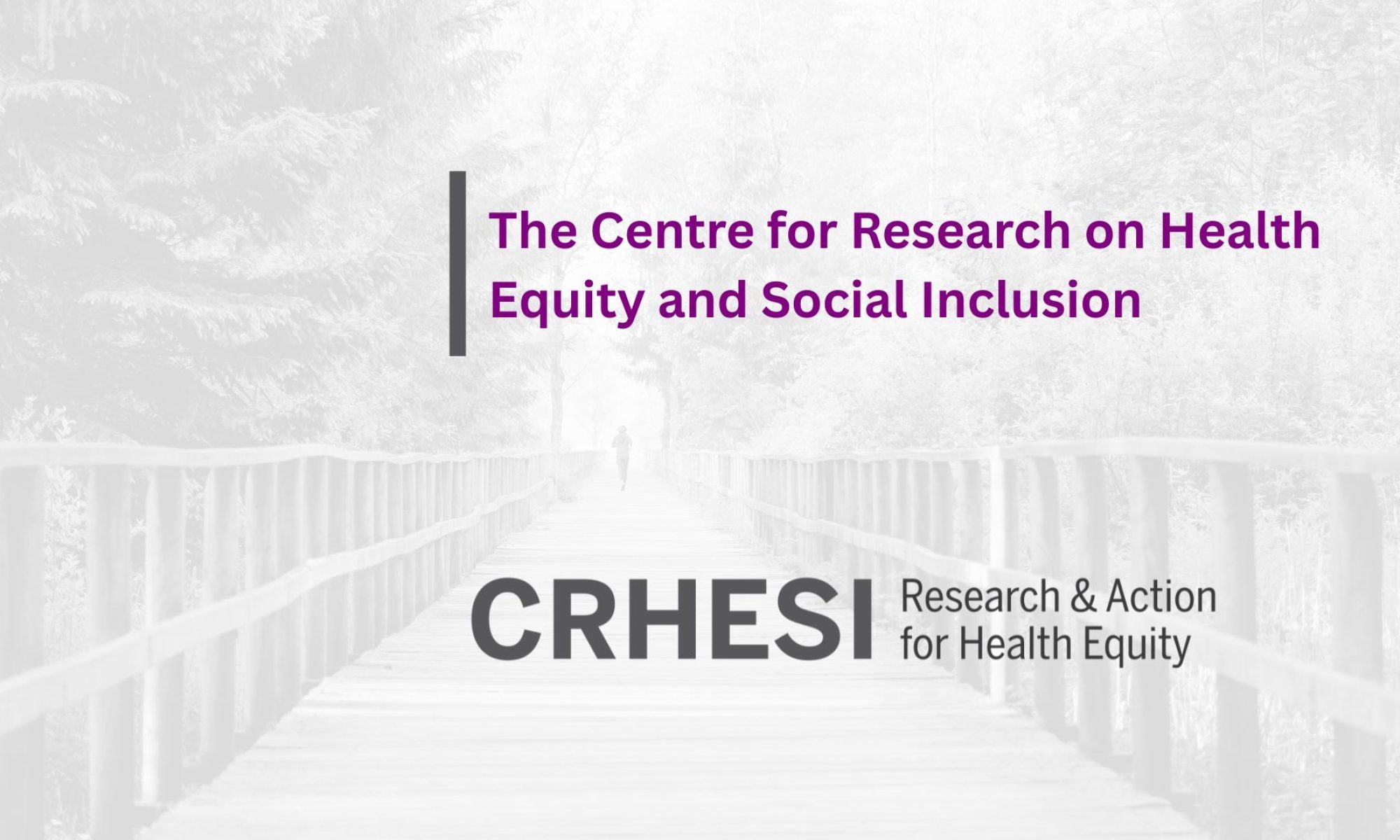by Madison Hargreaves
This is an expanded, cross-posted article. It was originally published on August 10, 2020 by Madison Hargreaves on A Not So Glamorous Recovery blog.
A Pandemic Crisis: Eating Disorder Cases on the Rise
The current pandemic has forcefully set challenges in place for everyone around the world. On the topic of eating disorders specifically, nearly one million Canadians experience disordered eating and body image struggles daily. Recent research has shown that the global pandemic has influenced greater symptoms and risk factors that can be life- threatening. The rise of COVID-19 has instrumented disruption of daily rituals, increased time on social media, increased shape and weight concerns, and outdoor constraints. Not only are individuals now at higher risk, there is a barrier to seeking treatment. Our diet culture is at an all-time-high and with favoring thin white culture, comes social inequity against other individuals; equally deserving of care and support. Furthermore, the social constraint of having an eating disorder during the pandemic embarks feelings of loneliness when faced with such exclusion. With lack of treatment and barriers to being socially accepted, how does one find support during this challenging time?
Let’s take a moment to reflect back on historical context that has influenced the development of eating disorders among specific populations. For centuries, women have experienced inequality through systemic oppression in a number of fields. For instance, women have faced discrimination in the workplace, the home, and public with a number of influences such as race, ethnic background, social class, and even weight due to constructed belief systems. Moreover, the inequality of socially constructed values of men have caused psychological problems such as anxiety and disordered eating among other issues. Due to the unfortunate buildings of discriminating values, females have been forced for centuries to behave submissively, including diet a certain way in order to gain approved status. Interestingly enough, women of bigger size back in earlier centuries were seen as ideal, given their weight and shape meant the ability to bare children and a wealthier background for nourishment. It wasn’t until the nineteenth century, a shift in beliefs slowly took over societal preference of weight and body shape. Instead of being “curvier” in size, “thin” became the new ideal, creating our diet-driven society. With pressures of image and inclusiveness, comes emotional and mental constrains. It didn’t take long for eating disorders to sweep the vast populations of females of all cultural backgrounds.
The diagnosis of an eating disorder comes from varied factors, both within the individual, and within society more broadly. Here is a list of potential influences: Body shame, body weight, instability, a pandemic, genetics, environmental dysfunction, trauma, ritual disruptions, social media comparisons, our diet-driven society, cultural influences, and it’s co- morbid illnesses such as Anxiety, Depression, Post-Traumatic-Stress-Disorder (PTSD) and Obsessive-Compulsive-Disorder (OCD). Needless to say, there are many possible factors that can contribute to the development of an eating disorder. Moreover, it can creep up when one feels a lack of control in their daily life, which may explain the rise in numbers during COVID-19. Also, an eating disorder will appear uniquely in individuals as we all hold different bodily systems, living conditions, and early life experiences. Thus, the disorder will manifest in a specific way; reflecting a person’s view on themselves and/or the world around them. These are the most dominating eating disorders recorded during the pandemic: Anorexia Nervosa, Bulimia Nervosa, Binge Disorder, Purging Disorder, and Orthorexia.
There are a variety of factors that contribute to the development of an ED. Specifically, women, known primary targets of the disorder, have been encouraged to engage in dieting to accomplish thinness. As previously mentioned, diet culture has influenced the lives of so many making this destructive pattern a societal norm. In addition, the role of social pressure in achieving thinness can trigger individuals who are already at risk, being genetically predisposed. As social beings, what is modelled to us in daily life will corrupt or perhaps influence patterns of thought, beliefs, ideas, and behaviors towards others. Most importantly, sense of self can be lost due to the need to “fit it” to societal standards which in this case, is being a white thin female. At a young age, women have been given the message that in order to be successful, you must exercise and sustain a diet. If not conquered, you have failed and are labelled as worthless. Thus, messages that are given to women, including young girls, are commonly displayed through media advertising; like photoshopped models, latest fashions we should look good in, and celebrities showing us unrealistic standards of body image, product collection and fashion sense. I call these examples unrealistic because not everyone will have access to exclusive exercise training every day or latest products on the market that are worth a fortune. As cultural beings, we want to belong, learn what’s appropriate, and feel included. Females have been taught that achieving great success, whether that be finding a partner or finding a job, means achieving thinness because our image is what dictates the quality of life we live.
Given our strong history of oppression against women, eating disorder research and treatment has been primarily geared towards females. Unfortunately, research in the last fifteen years has sparked a new controversy, showing found reports of eating disorders being distributed among more communities. To this day, research and treatment centres discriminate against most genders and aging populations. To add to these barriers, funding for treatment centres in the community is incredibly hard to reach as numbers continue to grow. In Canada specifically, there is “a limited number of specialized, publicly funded EDs clinics or treatment centres.” (Canadian Eating Disorders Alliance, 2019). Thus, spreading awareness of the harsh development in eating disorder diagnoses is a necessity given reports are dangerously on the rise, especially with the influence of our current pandemic. It is recommended that individuals struggling with an eating disorder invest time in helpful not-for-profits specializing in eating disorder help and support, as you will find listed further below.
The diagnostic criteria for ED have been primarily geared towards women for decades in correlation with diet culture being viewed as a “popular fad”. The question is, who is more at risk with developing this life-threatening disorder? The answer, anyone. The systemic oppression, in regards to ED diagnosis, has impacted specifically males, the LGBTQ community, and the elderly. It is important to be aware that symptoms of the disorder will vary depending on age and gender. For example, a primary symptom in males is overeating to increase body mass, while highly recorded symptom in the elderly is the restricting of food. From a cultural perspective, humans have assumed that females exclusively experience ED given our history of male dominant culture, however all genders and age cohorts can develop an ED and body image issues.
Recent reports have shed light on the seriousness of the pandemic’s influence on the most common eating disorders, that are occupying the lives of so many globally. Andrea Phillipou and her research team from the COLLATE project, based in Australia, have concluded growing rates of anxiety and stress being a number one cause for eating disorder development among the general population. In addition, this most recent article states that the restrict/binge cycle has been documented as a habitual pattern practiced among individuals, with bingeing and purging being concluded as highly diagnosed.
I understand how defeating it is to have such a thing hold power over your head like there is no way to again live a life where food is not in control. Having an eating disorder steals joy in everyday activities as well as special occasions with loved ones. A person should never have to think twice about accepting an invitation to a social outing because of the food that will be advertised on a menu, or on a table teasing you to take a bite, testing all of the will power you have, or perhaps none at all. In times like these, we may not be invited to as many social outings, however, there seems to be a forever-existing battle between gaining a sense of control through the food in our houses (or by a delivery service) and finding other ways to find peace and solidarity during the current pandemic. The other day, I remember feeling quite triggered by a weight loss add on Tik Tok (sound familiar?) and was struggling to control my spinning thoughts and the pit in my stomach. It took one glance in my lengthy mirror in my bedroom to feel helpless with the body I’ve been given. Two minutes later, I began to stuff my face with anything and everything in my cupboard that was of easy access. I don’t write this story lightly, but with a purpose. The purpose of giving you an opportunity to reflect on a time that may sound familiar to my experience. What emotions began to circle the mind? How was your body showing up for you? Most importantly, how did you deal with it? In our most vulnerable moments, we tend to find a quick fix of pleasure (in this case food) to shield the pain we are actually experiencing; meaning our body’s glands release those “happy hormones”, dopamine, serotonin, and oxytocin, into the bloodstream to feel a sense of relief. Experiencing life in the last six years with Binge Eating Disorder has been no walk in the park. My recovery consists of finding ways to stabilize my nervous system and find sources of joy I can bring back into my life. For example, fostering healthy and reciprocal relationships, which are a key source to one’s health. If you find yourself becoming lonely during this time or at any time, choose your circle wisely and create a support system that is dependable. Humans are social beings that can rarely survive without the proper interaction. My question for you is, can you think of other ways to accomplish peace when a triggered bodily response comes to surface?
Policy
Now, I will take a moment to address social policy regarding eating disorders and body image disorders. A number one issue of the expansion of our diet culture is weight stigma; being a primary cause of ED and BID in Canada. Weight stigmatization is a public health concern and is now of higher priority due to the current pandemic. To increase social policy with ED and weight stigma, school-based health curriculum must be a higher priority due to rates skyrocketing in numbers as a global crisis. Moreover, educators and healthcare providers should inquire training in ED implementation strategies and identification. Still on the school topic, to reduce weight stigmatization, bullying prevention tactics must be put in place to teach upcoming generations the harm social oppression can have on one’s health. We want to teach inclusion at a young age to set the stage for a new era!
Things you can do:
- Volunteer with an ED Non- Profit
- Raise awareness on your media
- Encourage others to participate in social inclusion (avoid weight discrimination!)
- Educate yourself
Eating Disorder Supports
Hope’s Eating Disorders Support
Change.Creates.Change
NEDIC (National Eating Disorder Information Centre)
Hopewell Eating Disorder Support Centre
Equine Assisted Therapy
Balanced Dietitian
Sheena’s Place
Alsana
Coping Strategies
1. Counter Messaging: I put this tool as number one because it has been most helpful to me. First, find a journal or pad of paper and keep in a safe place. Then, write down your self-sabotaging thoughts every time one occurs. This activity is quite sensitive, so take your time. Next, write a counter message (a more positive and mindful message) that can replace your negative thought. Write this counter message directly beside on the right-hand side. This coping strategy is useful because whenever you experience a specific thought that is harmful to the self, you can immediately practice and train the mind to heal that wound.
My example: “My stretch marks from weight fluctuation make me look horrible, how am I ever going to wear a bathing suit this summer?”
Counter Message: “My stretch marks are not abnormal, as most women have them. They represent my battle scars from when I had an Eating Disorder and how I overcame it.”–You try!
2. Create your support system: Like stated in the article, surround yourself with individuals who can be easily accessed and dependable during your times of struggle. Be sure these people, friends, family, etc, offer you the opportunity for a reciprocated relationship; meaning there is giving and receiving by both parties so each person knows they are valued and appreciated. Use a journal, pad of paper, or phone to brainstorm and make a list! This is a private matter so do what is most comfortable.
3. Exercise! Exercise is a great way to improve your mood and increase blood flow to the brain, which decreases your fear response (stress). This can include fast-walking, jogging, cycling, swimming, dumbbell workouts, etc. Research suggests that physical activity is beneficial in distraction, social interaction, and self- efficacy. Little lifestyle changes like this come a long way and in the end, help boost your confidence! I am not one to go on a thirty minute run, but love to participate in activities like bike-riding, swimming, and yoga which is all around good for the soul. Please note, there are current cases of over-excising during the pandemic, which is geared towards reaching a specific body shape and weight. Allow yourself to ditch the scale and focus on how you feel mentally. Remember, your value is not measured by body type and weight! Just with exercise, even if for as little as fifteen minutes, you can release those endorphins and gain a sense of accomplishment.
4. Mindfulness:
Meditation- This tool will allow you to check in with yourself, meaning what thoughts seem to be taking place and why they are there. How can we clear them? This mindfulness tactic allows the body to be still and eventually, can train the mind to quiet and balance itself.
Acknowledgment- This practice allows you to notice and observe what is taking place so you can become aware as to why it’s happening so then, thought can be passed. For example, I notice that I seem to be thinking about unhealthy cravings quite a bit. This has been happening for an hour now and I can’t seem to shake it. Going forward, I am going to make sure I am well fed by eating at least three meals a day and a snack so my body is not hungry and I can make good choices.
Remember: Don’t aim for perfection, aim for authentic practices that embark realism (many highs and lows!) because that is what teaches you the most. It is ongoing!
Much love and kindness,
Madison Hargreaves
References
Canadian Eating Disorders Alliance. (2019). National Eating Disorder Information Centre, 11-19, retrieved from https://nedic.ca/
Hargreaves, M. (2020). Tik Tok’s influence on eating disorders and body image disorders.
Hope’s eating disorders support, retrieved from https://www.hopeseds.org/
Phillipou, A., Meyer, D., Neill, E., Tan, J. E., Toh, L. W., Van Rheenen, E. T., & Rossell, L. S.
Featured image by Maxim Shklyaev on Unsplash
If you are interested in contributing to Voices from the Margins of a Crisis, please email Tanya Benjamin at tbenjam4@uwo.ca and Eaman Fahmy efahmy@pillarnonprofit.ca


